The world’s most captivating destinations often engage more than just our visual sense. Beyond picturesque views and photogenic landmarks, certain places distinguish themselves through their remarkable textures—surfaces you can feel, patterns you can trace, and tactile experiences that create deeper connections with the environment. These textural destinations invite travelers to experience places through touch as much as sight, revealing stories and histories that unfold beneath your fingertips.
Here is a list of 15 destinations where the textural elements create unforgettable sensory experiences for travelers seeking deeper connections with the places they visit.
Antelope Canyon, Arizona
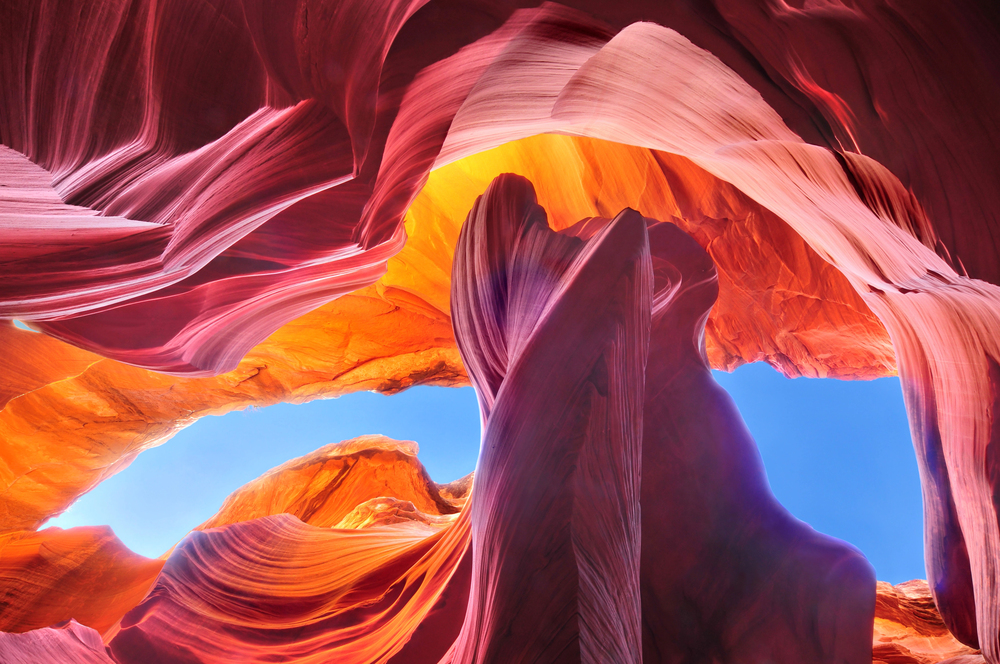
The smooth, flowing sandstone walls of this slot canyon create some of the most touchable surfaces in the natural world. Water and wind have carved these narrow passageways over millennia, leaving behind undulating surfaces that beg to be traced with your fingers.
The play of light on these textured walls transforms throughout the day, creating a visual feast that complements the tactile experience. Navajo guides often encourage visitors to place their hands against the cool stone surfaces, connecting physically with geology shaped by time and elemental forces.
Salar de Uyuni, Bolivia
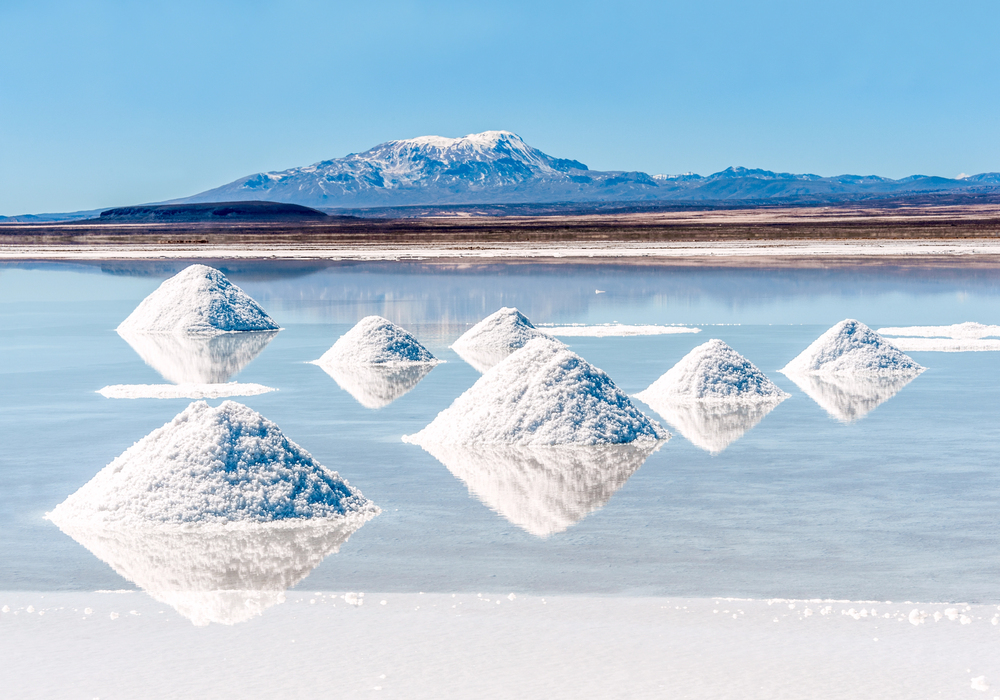
The world’s largest salt flat creates a textural wonderland unlike anywhere else on Earth. During the dry season, the surface cracks into hexagonal patterns that stretch to the horizon, forming a crystalline crust that crunches underfoot.
When a thin layer of water covers the flats during rainy months, the perfectly reflective surface creates an otherworldly visual effect while maintaining its unique texture beneath. The salt crystals themselves form tiny mountains under magnification, adding microscopic texture to this macro-scale natural wonder that shifts between rough and smooth depending on weather conditions.
Like Travel Pug’s content? Follow us on MSN.
Jiuzhaigou Valley, China
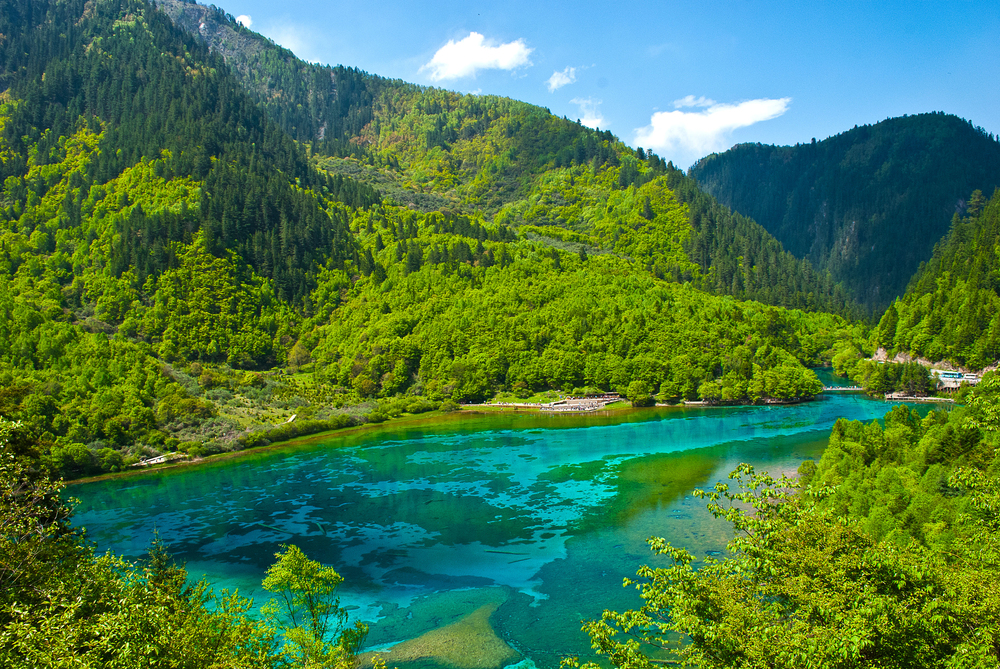
This UNESCO World Heritage site in Sichuan Province offers an extraordinary range of textures through its travertine formations, mineral-rich lakes, and ancient forests. The calcified waterfall terraces create rippled surfaces that appear frozen in mid-flow, while fallen tree trunks preserved in crystal-clear lakes maintain their textural detail despite centuries underwater.
The contrast between smooth water surfaces and the rough calcium deposits along shorelines creates a continuous interplay of textures. The valley’s wooden walkways themselves add another tactile dimension as visitors move through this textural paradise of water, stone, and wood.
Hampi, India

The ancient capital of the Vijayanagara Empire presents a textural timeline through its weathered granite architecture. Massive boulders balanced in seemingly impossible formations create a landscape where every surface tells a story of geological and human history.
Temple columns carved with intricate details invite close inspection and gentle touches, while the surrounding boulder fields offer naturally smooth granite surfaces polished by centuries of monsoon rains. The contrast between precisely carved religious structures and the organic shapes of the natural rock formations creates a tactile dialogue between human craft and natural formation.
Chefchaouen, Morocco
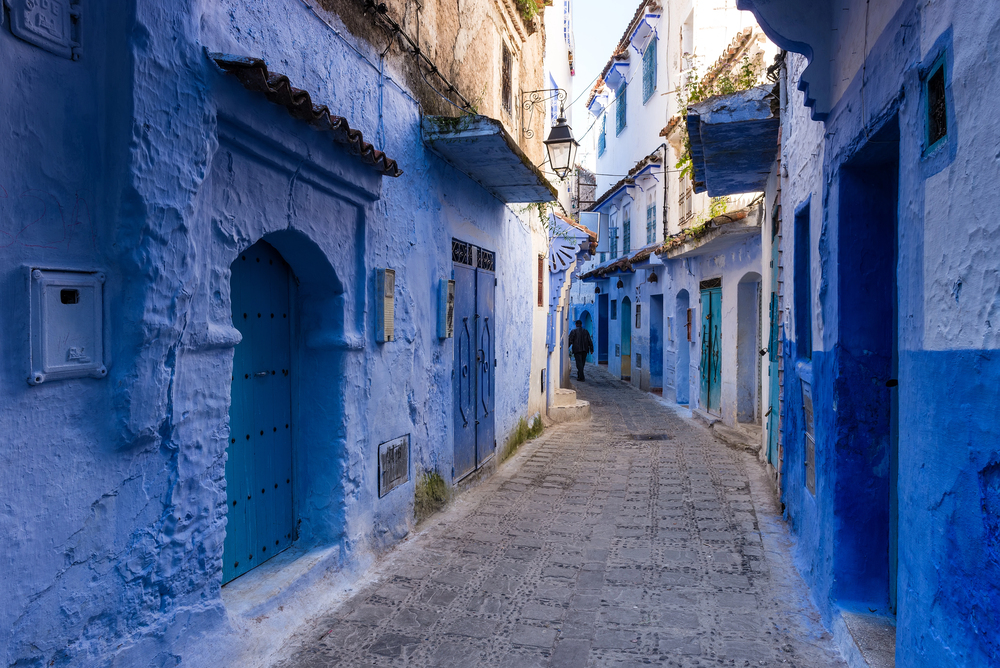
The famous blue city in Morocco’s Rif Mountains envelops visitors in textural variety at every turn. The hand-applied blue wash on buildings creates subtly uneven surfaces that catch the light differently throughout the day.
Worn stone steps polished by centuries of footsteps lead between narrow alleys where handwoven textiles hang against rough-plastered walls. Even the local bread bears distinctive textures, with patterns pressed into the dough before baking.
The medina’s sensory experience combines these tactile elements with the coolness of blue surfaces that seem to moderate both temperature and mood in this uniquely textural urban environment.
Like Travel Pug’s content? Follow us on MSN.
The Giant’s Causeway, Northern Ireland
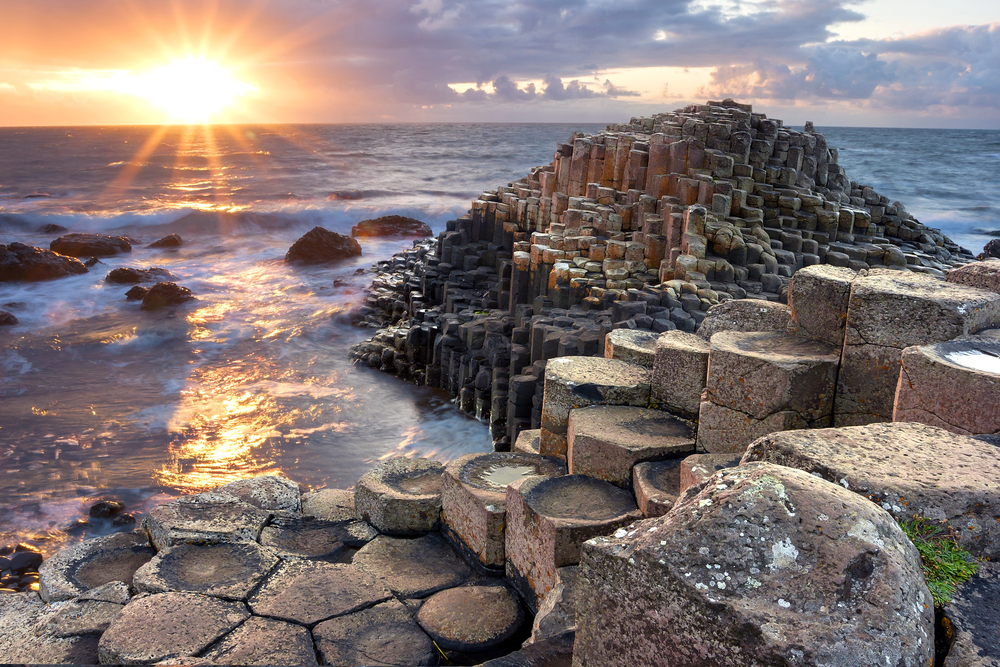
Approximately 40,000 interlocking basalt columns create one of Earth’s most geometrically textured landscapes. The tops of these hexagonal columns form stepping stones that invite exploration, each with slightly different heights and angles that create a natural puzzle beneath your feet.
Formed by ancient volcanic activity, the columns’ surfaces range from smoothly weathered to sharply defined, depending on their exposure to the harsh North Atlantic elements. The regular geometric pattern repeating across an irregular landscape creates a textural paradox that has inspired myths and scientific inquiry alike.
Cappadocia, Turkey
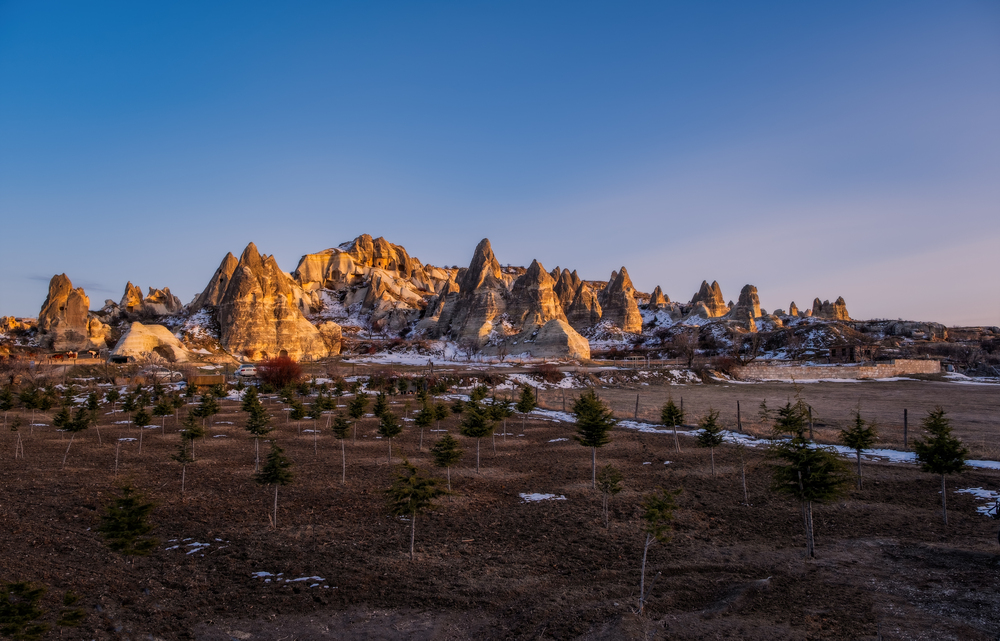
The “fairy chimneys” and cave dwellings of this region represent centuries of interaction between soft volcanic tuff and human habitation. The stone remains soft enough to carve yet hardens with exposure to air, creating living spaces with uniquely textured walls bearing tool marks from ancient craftspeople.
The exterior surfaces weather unevenly, creating honeycomb patterns and rippled effects across the landscape. Underground cities extend the textural experience into complete darkness, where visitors navigate narrow passages guided by touch as much as sight through chambers carved entirely by hand.
Waitomo Glowworm Caves, New Zealand
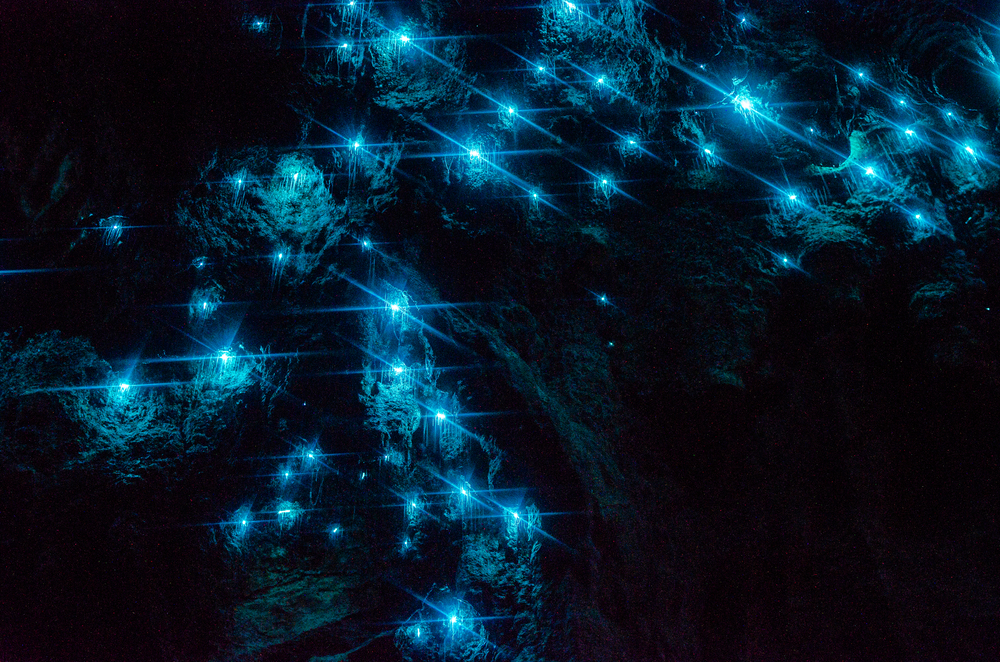
These limestone caves offer an extraordinary contrast between the rough cave surfaces and the seemingly soft illumination provided by thousands of glowworms. The caves themselves feature typical karst formations—stalactites, stalagmites, and flowstones—each with distinctive textural properties created through millennia of mineral deposition.
What makes Waitomo unique is experiencing these textures partially through touch in near-darkness, as the bioluminescent insects create a living ceiling of blue light. The combination of cool, damp stone surfaces and the visual texture of countless tiny lights creates a multisensory environment unlike any other.
Like Travel Pug’s content? Follow us on MSN.
Petra, Jordan
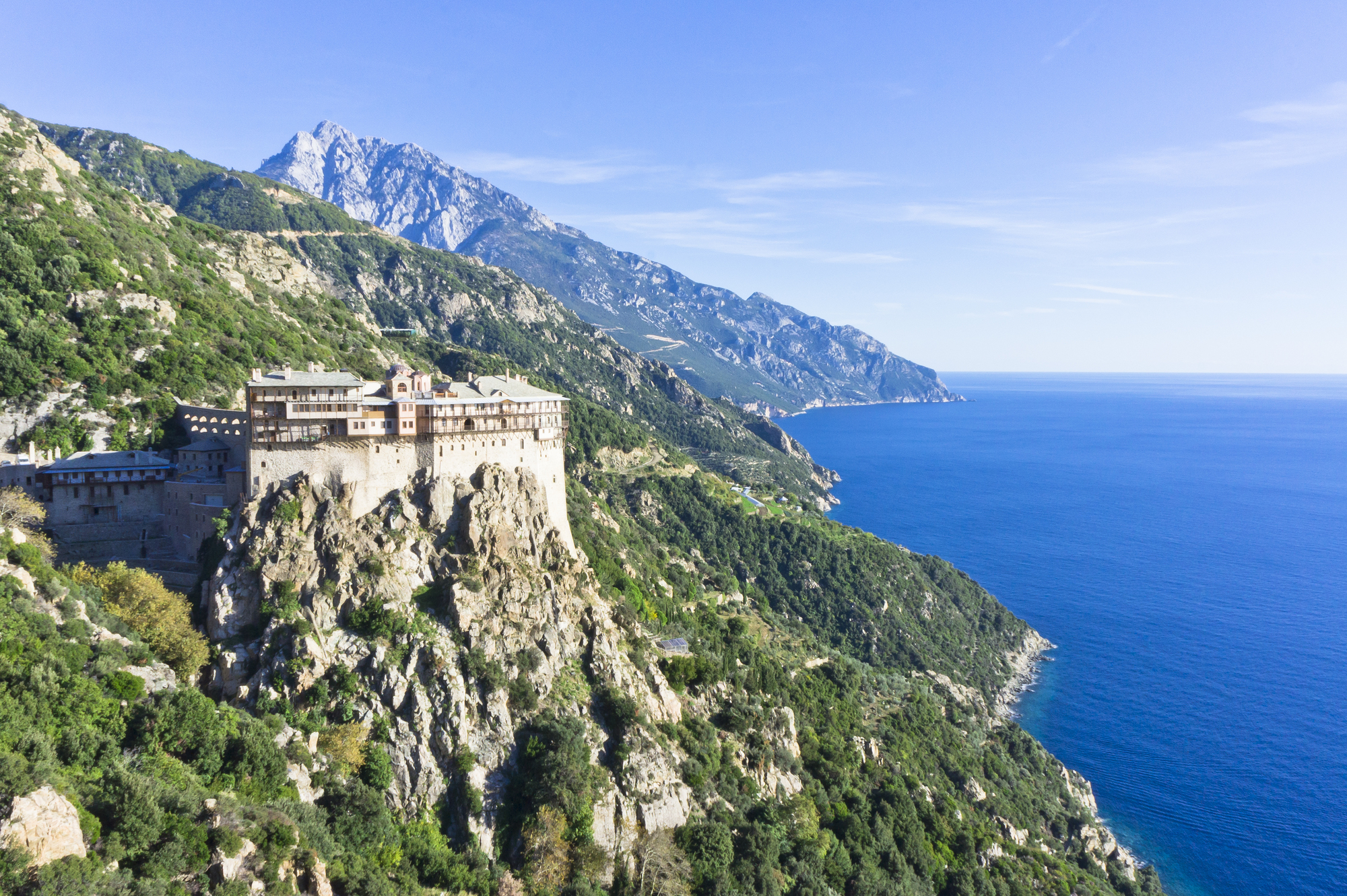
The ancient Nabataean city carved directly from rose-colored sandstone presents extraordinary textural variety in its monuments. Wind erosion creates naturally smooth surfaces alongside precisely carved architectural details, columns, and statues.
The famous Treasury facade combines both man-made precision and natural weathering patterns that have evolved over two millennia. The narrow Siq entrance pathway features water-polished walls with occasional carvings and natural veining in the stone.
The experience of running your hand along these ancient surfaces connects visitors directly with both geological time and human history carved into the desert landscape.
Venice, Italy
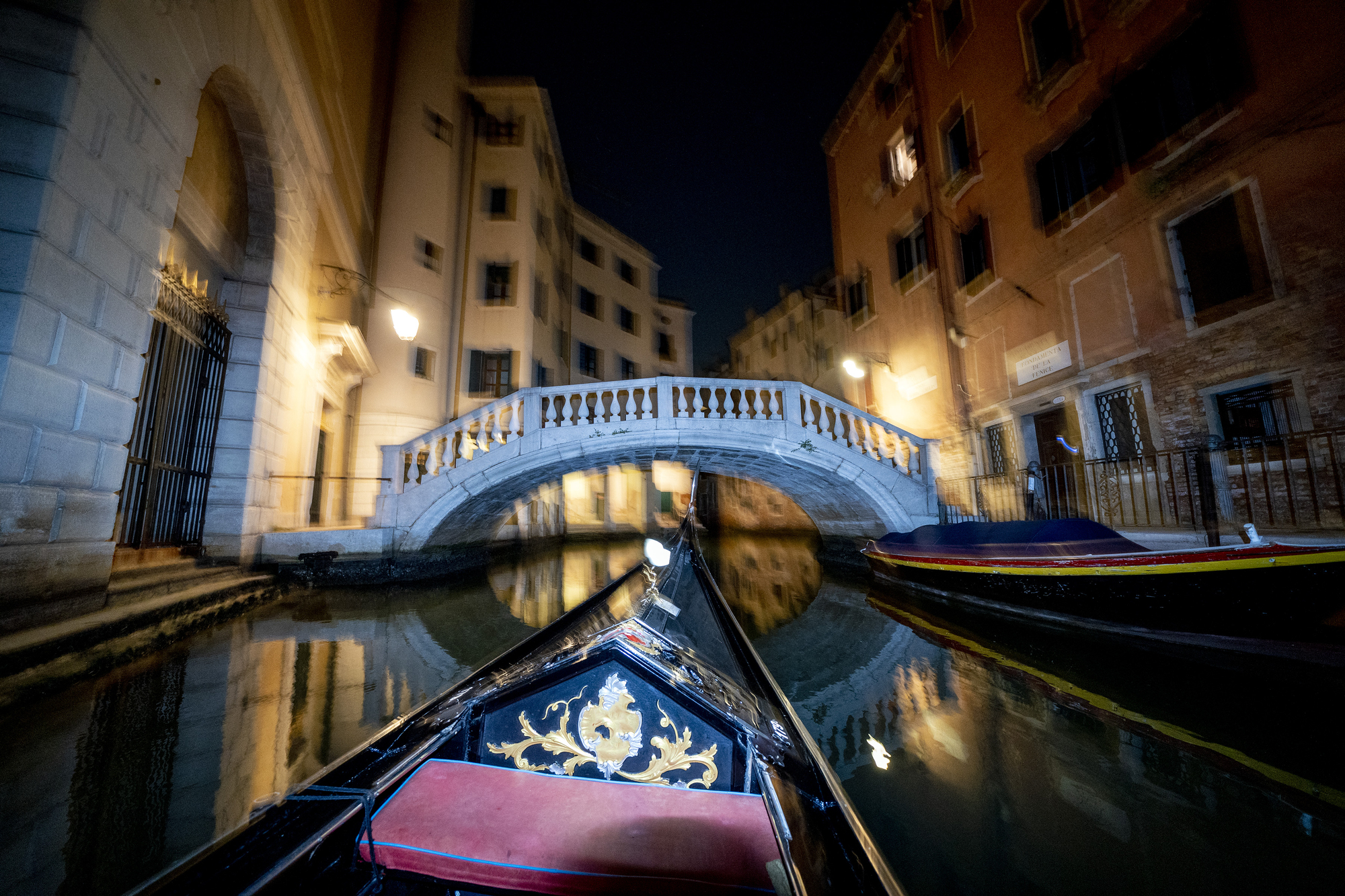
The city of canals offers an unparalleled urban textural experience through centuries of interaction between stone, water, and salt air. The distinctive phenomenon of “acqua alta” (high water) regularly submerges portions of the city, leaving salt deposits and weathering patterns that change the texture of marble steps and walkways.
Walls show the effects of capillary action drawing moisture upward, creating visible and tactile boundaries of water’s reach. The worn marble thresholds of ancient doorways, polished by millions of footsteps, create smooth depressions that contrast with the rough-hewn canal walls below water level—testimony to Venice’s unique relationship with texture and time.
Badlands National Park, South Dakota

Erosion is the master sculptor in this landscape of sharply ridged buttes, pinnacles, and spires. Unlike many smoother desert landscapes, the Badlands feature sedimentary layers exposed through dramatic erosion, creating surfaces that alternate between crumbly softness and surprising hardness.
The striped layers contain different mineral compositions that weather at different rates, creating tactile ridges that correspond to visual bands of color stretching across the landscape. During rainstorms, the clay-rich soil transforms from dusty hardness to slippery mud, revealing yet another textural dimension of this constantly changing environment.
Like Travel Pug’s content? Follow us on MSN.
Angkor, Cambodia
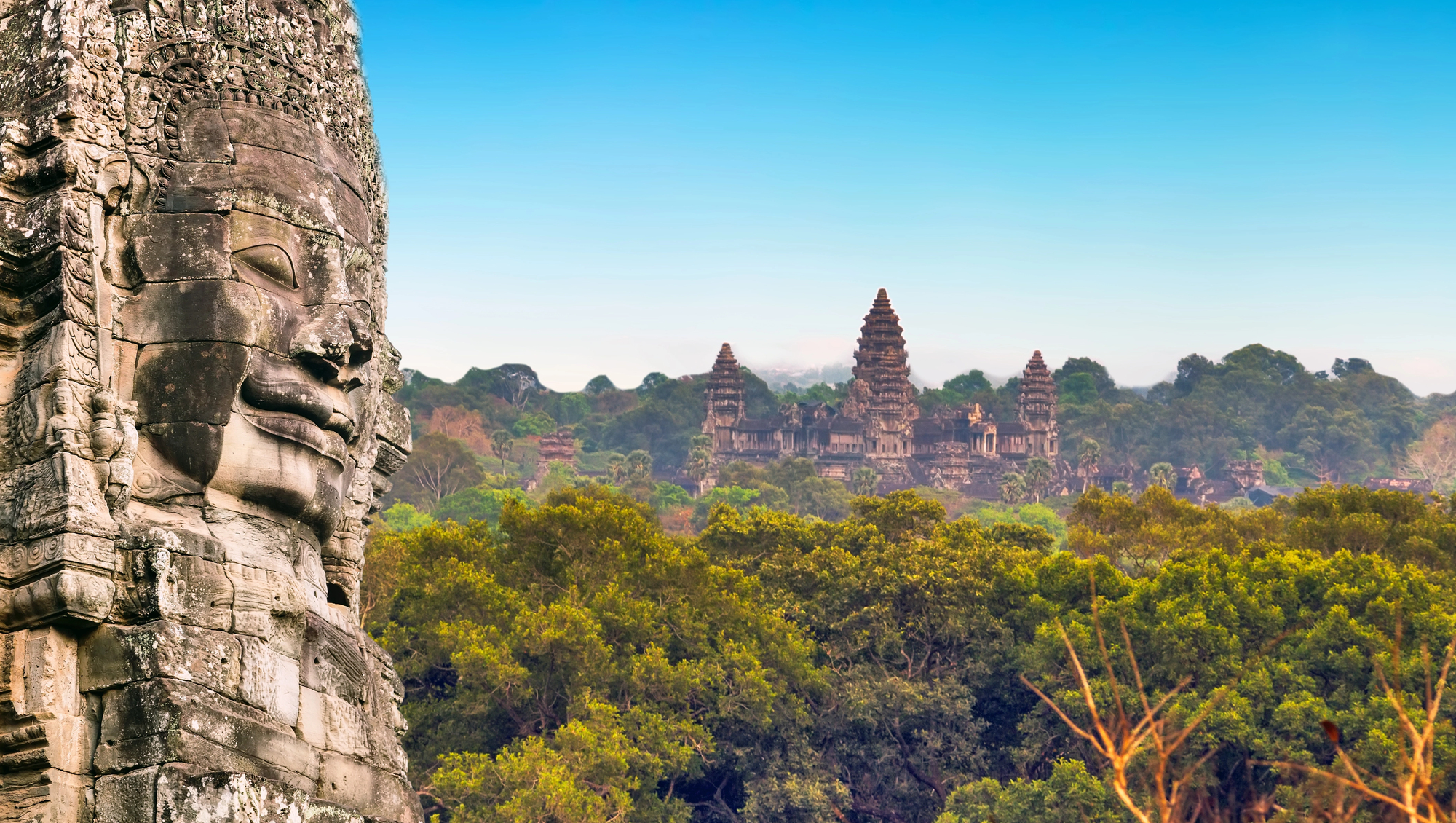
The temple complexes of Angkor demonstrate how stone surfaces transform over centuries of exposure to tropical conditions. Tree roots intertwine with carved stone blocks at Ta Prohm, creating a unique textural integration of living wood and weathered sandstone.
Lichens and mosses add soft, living textures to hard architectural surfaces, while worn relief carvings tell stories through touch as much as through visual narrative. The distinctive “root prints” left where vegetation has been removed reveal organic patterns transferred to stone surfaces.
Throughout the vast archaeological zone, visitors encounter stonework in various states of preservation, offering a textural timeline of tropical weathering.
Shetland Islands, Scotland
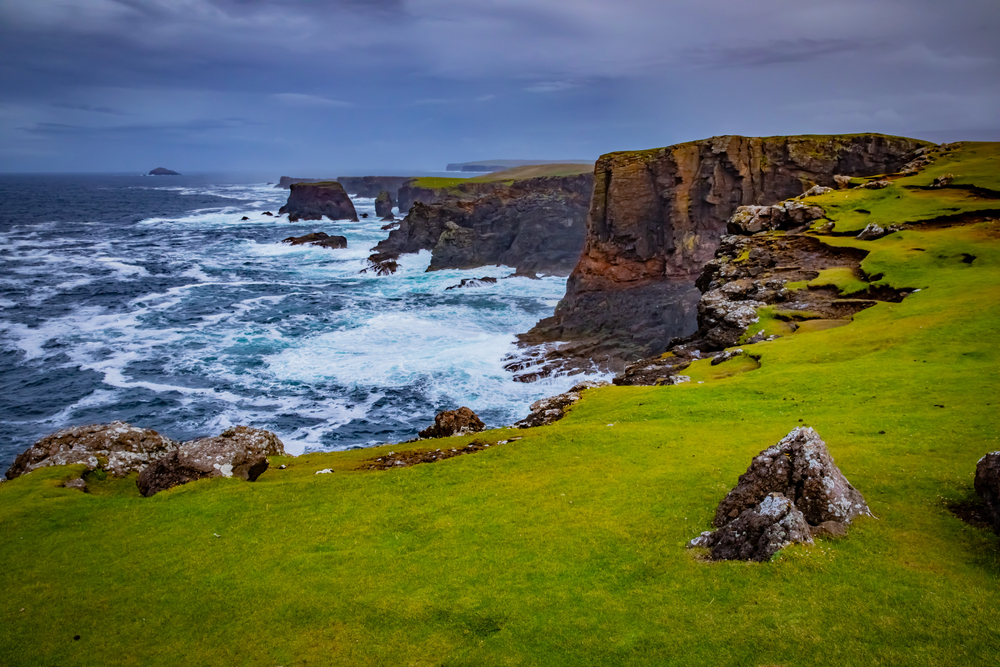
These northern islands present textures shaped by fierce North Atlantic weather and traditional craftsmanship. The famous Shetland wool, processed through traditional methods like “waulking” (beating the fabric to soften it), creates distinctive textiles with a unique hand-feel.
Coastal paths wind through landscapes where peat bogs offer springy footing alongside exposed bedrock polished by glaciers. Stone structures built without mortar showcase the texture of carefully fitted irregular pieces, while traditional thatched roofs demonstrate how textural techniques evolved to withstand extreme weather.
The islands’ position at the intersection of Norse and Scottish cultures has created distinctive textural traditions in everything from boat-building to knitwear.
Matobo Hills, Zimbabwe
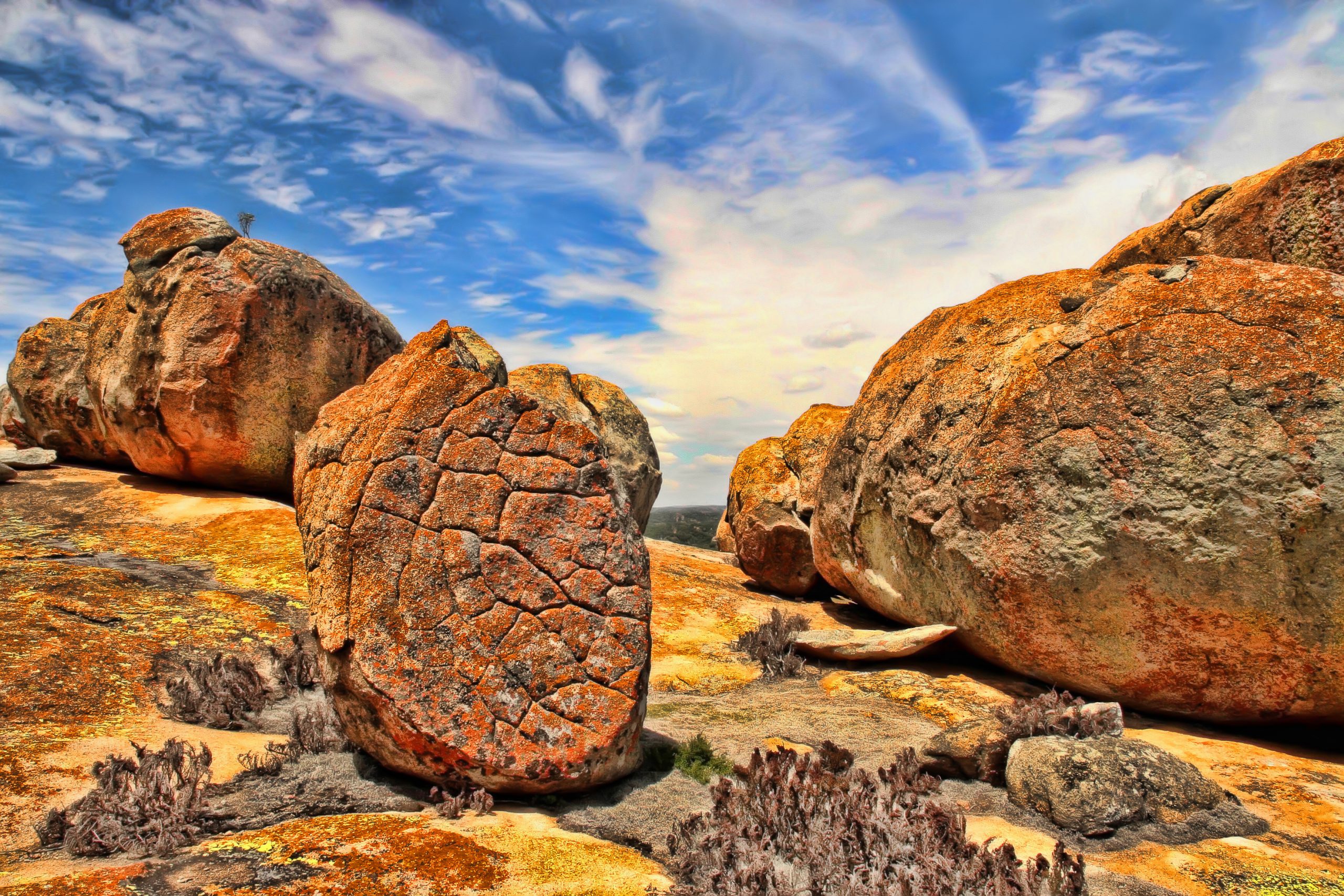
The balanced rock formations of this ancient landscape create one of Africa’s most distinctive textural environments. Weathering processes have shaped the granite into smooth, rounded forms that stack improbably upon one another, while the rock surfaces themselves bear distinctive patterns of exfoliation (sheet jointing).
Ancient paintings by San bushmen add another textural dimension, with ochre pigments applied directly to rock surfaces thousands of years ago. The contrast between the massive scale of the balanced rocks and the intimate detail of the cave paintings creates a landscape that demands exploration through touch as well as sight.
Like Travel Pug’s content? Follow us on MSN.
Bryce Canyon, Utah
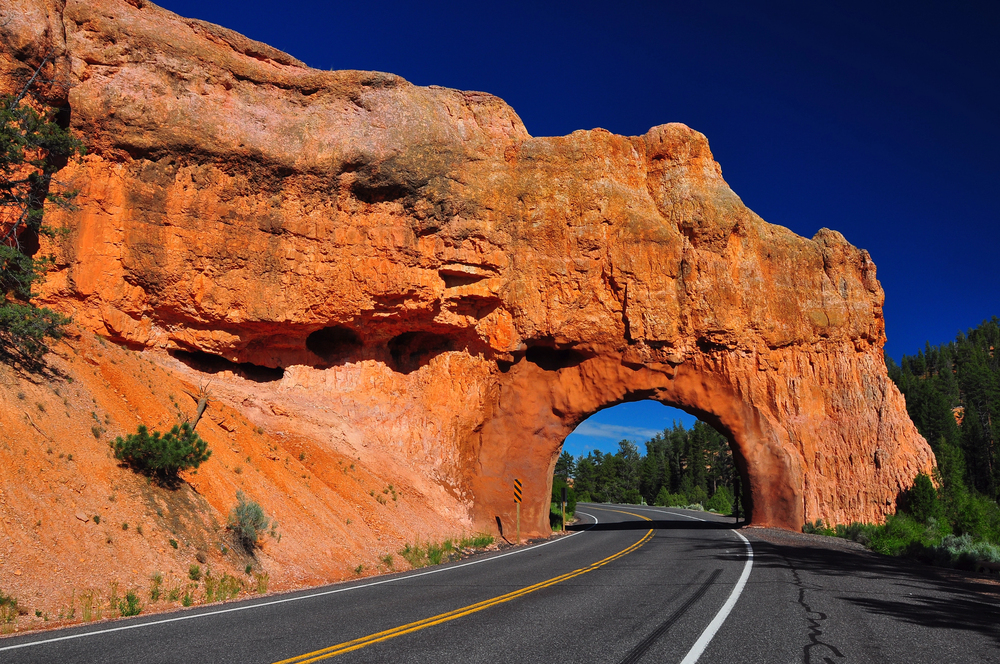
The famous “hoodoos”—tall, thin spires of rock—create a forest of textural variety unmatched in the American Southwest. Unlike smoother canyon formations, Bryce’s pinnacles feature distinctive ridges, protrusions, and hollows shaped by frost wedging and rainfall.
The pink, orange, and red limestone formations change their textural appearance dramatically with shifting light conditions, appearing almost soft and organic at sunrise before revealing their true rocky nature in the midday sun. The phenomenon of “frost sorting” creates additional textural patterns on the ground between hoodoos, where repeated freezing and thawing push larger rocks to the surface in geometric arrangements.
Beyond the Visual

These destinations remind us that travel, at its most meaningful, engages all our senses—not just sight. The textural qualities of a place often leave the deepest impressions, creating memories anchored in physical sensation rather than just visual recollections.
From the smooth flow of wind-carved sandstone to the deliberate texture of hand-applied plaster, these locations offer experiences that literally keep us in touch with the world’s most fascinating places.
The next time you travel, consider extending your hand as well as your camera—the stories revealed through texture often tell the deepest truths about the places we visit.
More from Travel Pug

- Cities Growing so Fast You Won’t Recognize Them in 10 Years
- 13 Destinations Where Tourists Regularly Regret Their Trip
- 20 Obscure WWII Sites Even History Buffs Don’t Know About
- 10 Under-the-Radar Mountain Towns That Are Both Affordable and Beautiful
- 20 Abandoned Places That Feel Like Real-Life Post-Apocalyptic Movie Sets
Like Travel Pug’s content? Follow us on MSN.
